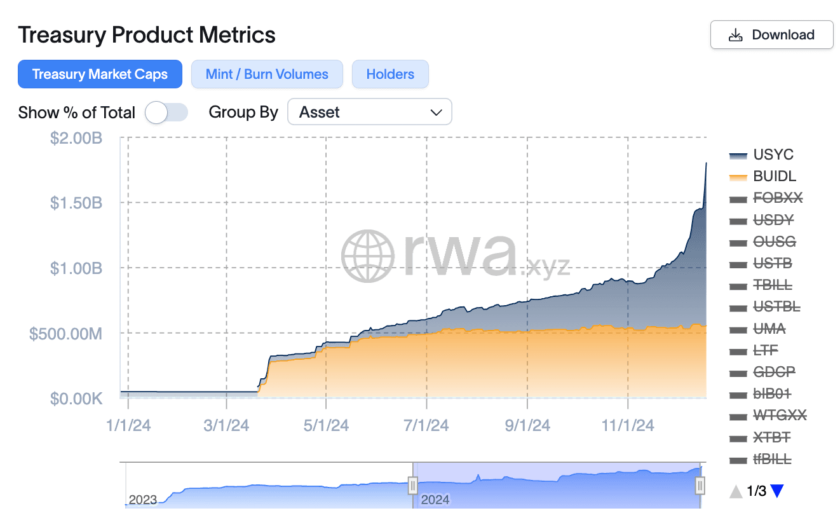Decentralized VPN (dVPN) is based on blockchain thus eliminating the need for a singular point of control, depending on multiple nodes to keep the system running.
With an ever-growing internet penetration in the developing nations largely due to cheap smartphone pricing coupled with a falling internet data tariff, blocking of certain apps that pose a threat to the ambitions of politicians has become a common occurrence.
In recent years, we have seen it happening in countries like Iran, Ethiopia, India, Venezuela, Liberia, etc. It shouldn’t come as a surprise as countries and governments over the years have spent millions of dollars in a circumvention technology. Most of us would be well familiar with The Great Firewall of China used by the Chinese government to regulate their domestic internet. Data suggests that there has been a significant rise in the number of such internet restrictions lately. Internet Activists and experts across the world believe that as we move forward more and more governments will attempt to restrain free internet in the name of national security, domestic interests, etc.
This brings us to the question: How do we pass on the Internet to the next generation that’s fair and transparent?
One of the most popular and common answers for years now has been Virtual Private Network (VPN). VPNs allow users to access the internet over a private network instead of a public one. These centralized VPNs usually encrypt data and assign a different IP address to connect and use the internet. However, the commonly used VPNs are centralized, that is, they are run on a centralized server and are vulnerable to attacks. Some of these services also maintain a log of users and if needed share it with the authorities.
To make VPNs secure further, a team with an excellent past record of successfully launched a decentralized VPN Tachyon. Decentralized VPN (dVPN) is based on blockchain thus eliminating the need for a singular point of control, depending on multiple nodes to keep the system running. It is a peer-to-peer (P2P) network where users are both clients and nodes i.e. computers on the network act as servers to transmit data in a distributed manner. In the absence of a centralized server to relay information, there is no possibility of data-logging in a single repository.
Launched just a few months ago, Tachyon has over a million active users with the numbers growing at a rapid speed. It also has 1600+ nodes on its network as per reports. The nodes are incentivized to be active on the network by rewarding IPX tokens. This is called session rewards.
5MB block of traffic makes up a session. The price of a session is chosen by the node operators.
The session rewards for nodes vary depending on the session price, amount of total traffic used, and the IPX token prices. Nodes with the lowest latency, highest bandwidth, and best peering will attract a higher number of users and earn more session rewards.
For its network security, Tachyon also runs staking rewards wherein each node is required to stake IPX to participate in providing traffic. The system will give IPX Tokens to the node providers. Not only users but the token, IPX has been a favorite of traders and investors and has seen a surge in prices since it started trading on exchanges.
As the world moves towards a privacy focussed and secure internet, products like Tachyon are poised to benefit the most in the coming days.
You can download it following the link.
Having obtained a diploma in Intercultural Communication, Julia continued her studies taking a Master’s degree in Economics and Management. Becoming captured by innovative technologies, Julia turned passionate about exploring emerging techs believing in their ability to transform all spheres of our life.




